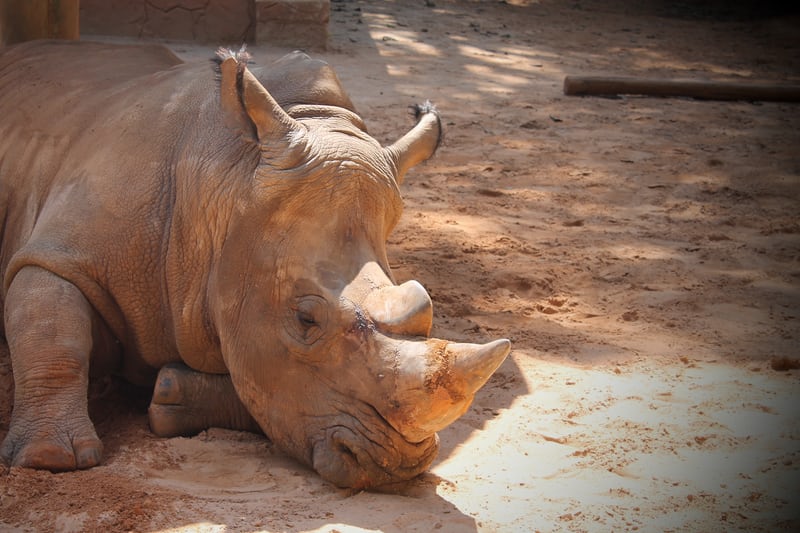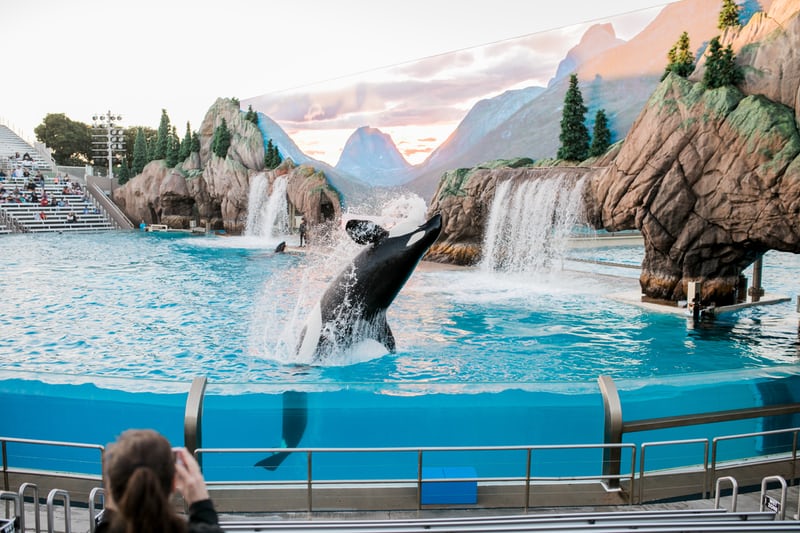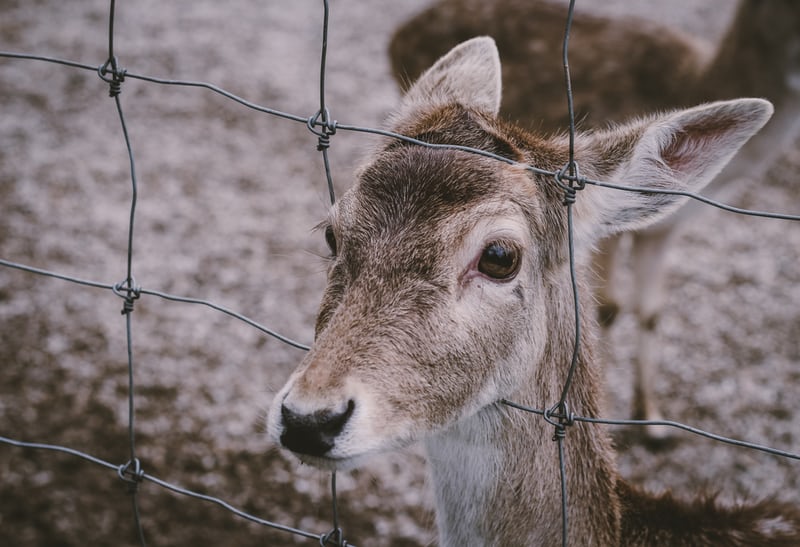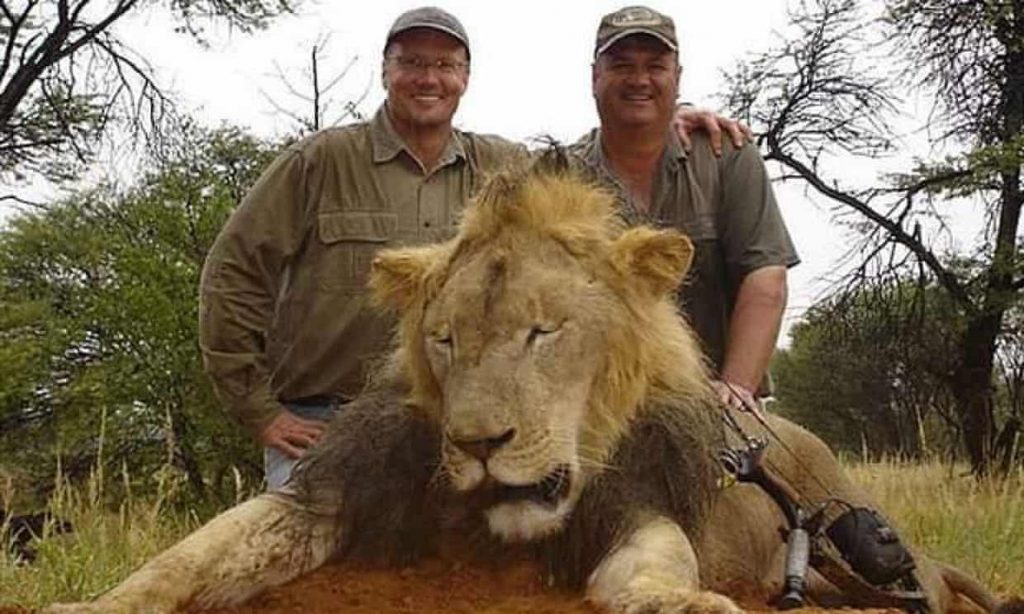Let’s all take a moment to think about how we would feel if we were taken out of our homes and put inside a cage with just enough space for us to stretch our legs or walk five steps. That doesn’t sound very appealing, does it?
If that’s the case for us, why do we allow this to be done to animals?

Just because these creatures can’t verbalize their pain, it doesn’t mean that they are not feeling it. It has been scientifically proven that animals in confinement suffer from stress, boredom, and even show signs of depression.
Anyone who has gone to a zoo or an aquatic park has seen the signs: animals roaming in endless circles, or just laying there, not moving at all.
If you have not, allow me to paint the picture for you. At any of these parks, you will see monkeys clinging to the bars of cages, trying to get out, and whales chewing on the side of the pool. This is their life. These animals constantly repeat these types of behaviour until they are driven insane.
A good example of the effects of captivity are the orcas at parks like Marineland or SeaWorld. Their dorsal fins collapse due to the consistency of swimming in circles. This only happens to 1% of animals in the wild, but happens to 100% of male orcas in captivity.

Aquatic animals live in complex familial groups in the wild, where generations will stay together for their entire lives. When taken, these naturally social animals are separated from their family and put into a cage. These habitats might as well be prison cells, given that whales and dolphins would swim over a hundred kilometres a day in the wild.
Another large issue with animal captivity, aside from the animal being deprived of its natural habitat, is that these creatures are being taken from their natural social structure. They are unnaturally being forced into very close proximity with other species, including humans.
For animals that are used to being in the wild, this can lead to a lot of serious stressors and, depending on the species, to aggressive defensive behaviour.
While animals raised in zoos and captivity are less likely to express unnatural behaviour, they have the potential to become imprinted on human beings rather than their species, which causes major problems.

Not all captivity environments are bad, although these places are few and far between. Some zoos and sanctuaries do treat animals to the appropriate standards needed in providing a happy and healthy life.
Although many zoos do keep animals in peak physical shape, it is still apparent that these animals show signs of serious behaviour problems, as mentioned before.
Several zoos promote wildlife conservation, and though this may seem like a great idea, many captive breeding initiatives do not release these animals back into the wild. The animals are forever in a state of captivity.
Many may agree that visiting zoos with children is a fun and educational way for them to learn about animals. Perhaps this is an important experience for children, but there are other ways to do this.
If people want to witness wildlife in person, it is remarkably easy to observe wildlife, as long as you are not disturbing or harming the animal. Another option you can look into is visiting a true sanctuary, which does not sell, breed, or purchase animals.
These true sanctuaries simply take unwanted exotic pets, and extra animals from zoos or wildlife who can no longer survive in the wild.
Many people are aware of the dangers of captivity but choose to ignore it. I can certainly admit to, at one point, being one of those people.
How many times have you seen an angry Facebook post about a video or a picture of an animal in confinement? I can count about twenty off the top of my head, and yet, nothing changes.

It was just four years ago that Cecil the Lion was shot, and the internet blew up. The man who shot him became the figure of hate, and authorities revoked his hunting license permanently.
The sad truth, that many people do not know, is that Cecil the Lion lived a much better life than many animals in captivity.
Nothing will change unless we work together and commit to making a change. Just imagine, what we as a society could do if we collectively decided to work towards change.
Right now, we are not treating animals with the respect they deserve, but we can change that fate. There are several resources you can access online, which will give you lots of great information on what you can do to help and lead you to the organizations working on ending unfair wildlife captivity.
So, let’s work together to make this world a better place, for all life on Earth.


